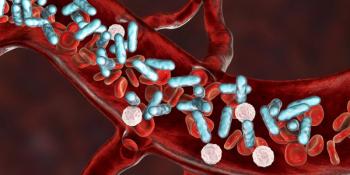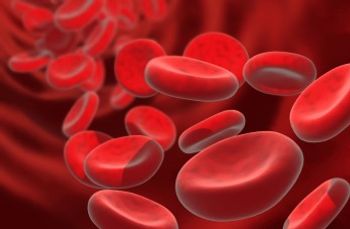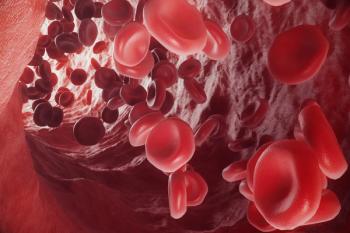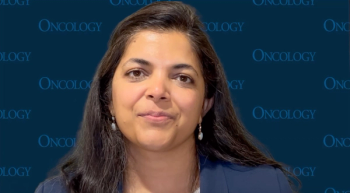
Novel HDAC inhibitor offers hope in heavily pretreated HL patients
Phase II study results are encouraging because this patient population generally sees a median of five prior lines of therapy including transplants, explained Jeffrey M. Besterman, MD, PhD, executive vice president and chief scientific officer for MethylGene, the developer of mocetinostat (MGCD0103).
ORLANDO, FLA-Mocetinostat (MGCD0103), an experimental isotype-selective histone deacetylase (HDAC) inhibitor, produced a 30% response rate in patients with relapsed or refractory Hodgkin’s lymphoma. Mocetinostat is the first HDAC inhibitor of its class to show reasonable clinical activity in a heavily pretreated, relapsed, or refractory [HL] population, said study leader Anas Younes, MD. Moreover, it worked as a single agent.
“It is a more restricted HDAC inhibitor and preferentially inhibits class I and class IV HDACs but has no activity in class II enzymes,” added Dr. Younes, a professor of medicine in the department of lymphoma at Houston’s M.D. Anderson Cancer Center.
The open-label phase II trial had 51 adults (median age 33) who had all failed multiple therapies, including chemotherapy, radiotherapy, immunotherapy, hormone therapy, and prior autologous or allogeneic stem cell transplant. The patients received mocetinostat at a starting dose of 110 mg (23 patients) or 85 mg (28 patients), three times a week in four-week cycles.
Results in 43 of 51 patients were evaluated. The success rate was defined as complete response, partial response, and stable disease lasting at least six cycles, and came in at 35%. Two patients showed a complete response, 12 patients showed a partial response, and one patient had durable stable disease. In the intent-to-treat population (51 patients) the success rate was 29% (
These results are particularly encouraging because this patient population generally sees a median of five prior lines of therapy including transplants, explained Jeffrey M. Besterman, MD, PhD, executive vice president and chief scientific officer for Methylgene, the developer of mocetinostat.
“This is a heavily pretreated population that does not have a very good prognosis. So for them to show that kind of response, and with a single oral agent given just three times a week, is pretty impressive,” he told Oncology NEWS International.
Importantly, minimal hematologic activity was observed with mocetinostat, Dr. Besterman pointed out. “Unlike many of the other HDAC inhibitors, this agent is more selective and its efficacy seems to be better than most of the others. What is really demonstrable is the safety profile of this agent. Other HDAC inhibitors used in this setting can produce thrombocytopenia in 50% to 75% of patients,” he said. “In our study, only about 20% of the patients had thrombocytopenia with mocetinostat. I think that’s the hallmark of the selectivity that we have built into this molecule. It really minimizes the thrombocytopenia.”
Dr. Besterman said that mocetinostat will be studied in other lymphomas, including an ongoing trial in follicular lymphoma.
Newsletter
Stay up to date on recent advances in the multidisciplinary approach to cancer.

















































































